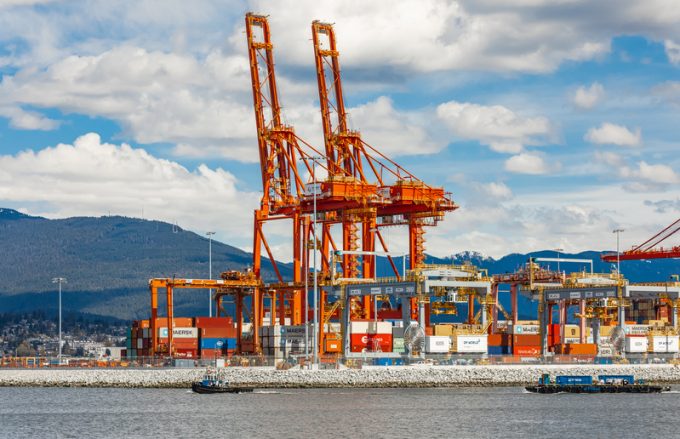Carriers warn of delays as congestion increases at North Europe's ports
Congestion levels are set to rise at ports across Northern Europe – expect schedule disruption, ...

The deteriorative effects of the latest ILWU strikes on the transpacific tradelane are clearly visible, as the eeSea team tracks the live progression of vessel delays and omissions across the ports of Vancouver and Prince Rupert.
Impacts on individual vessels waiting outside Vancouver were seen as early as Friday and, as of Monday morning, there were at least five waiting outside of the port, with their immediate ETAs pushed back by an additional two to three days since the start of ...
Maersk u-turn as port congestion increases across Northern Europe
Apple logistics chief Gal Dayan quits to join forwarding group
Maersk Air Cargo sees volumes fall as it aims for 'margin in favour of revenue'
Transpac rates hold firm as capacity is diverted to Asia-Europe lanes
Houthis tell Trump they will end attacks on Red Sea shipping
Airlines slash freighter capacity post-de minimis, but 'the worst is yet to come'
MSC revamps east-west network as alliance strategies on blanking vary
India-Pakistan 'tit-for-tat' cargo ban sparks sudden supply chain shocks


Comment on this article